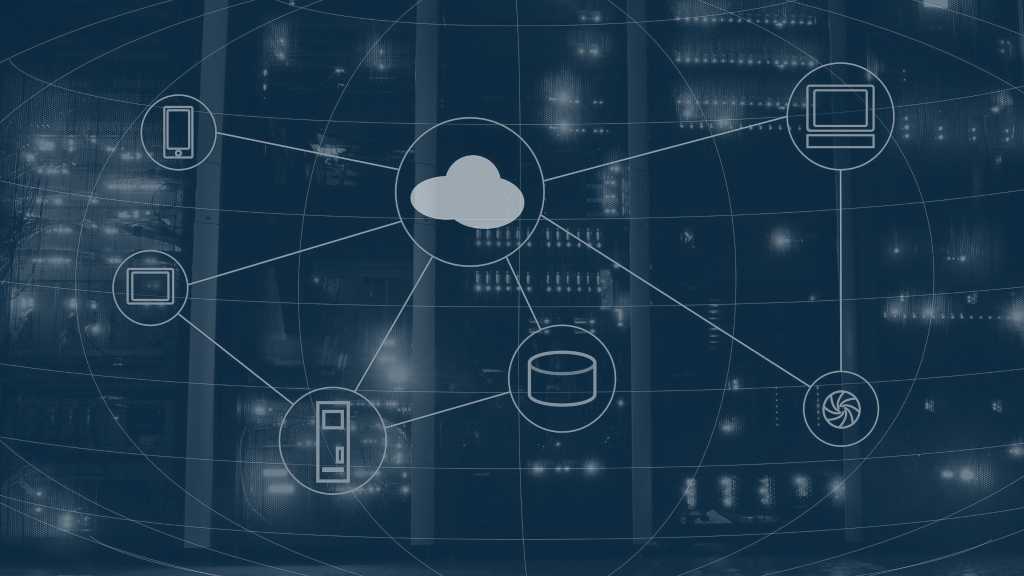The adoption of cloud computing systems results in organizations using distributed systems with multiple levels of connectivity and usage. This makes identity management challenging and critical, exposed to increasing attack risks. Attackers are aware of this vulnerability. This post will explore why cloud identity management is critical for organizations’ security posture and tips to make it right.
Cloud identity is a leading cause of data breaches
According to Verizon’s 2021 Data Breach Report, 61% of all data breaches involve compromised credentials via social engineering and other methods.
The increasing adoption of cloud technologies and the exponential growth of remote workers has made it more difficult for IT security teams to understand who is accessing systems and data, from which device, and location.
The distributed nature of today’s organizations causes the number of potentially exposed endpoints to increase, thus expanding the attack surfaces. As employees work more often from unmanaged devices, there is a substantial risk of one of those endpoints being used as an attack vector.
There are critical risks associated with poor security practices and identity management:
- The lack of cloud cybersecurity mechanisms for remote employees, such as MFA and role-based access, may translate into phishing attacks or password cracking attempts.
- Poor security practices such as public Wi-Fi networks leave connected devices exposed to malware and other intrusions.
- If solid identity management practices are not implemented, passwords can be cracked or stolen.
As a result of these poor practices and protection, credential theft, social engineering and phishing are among the most frequent attacks organizations suffer. This is why implementing user access review best practices is indispensable. These can help your company tremendously by preventing privilege abuse, controlling risks after employee termination, and reducing licensing costs. This way, you can mitigate the inherent risks introduced when a user has access to a system, program, app, or network that they shouldn’t have access to. According to a recent report, 60% of mid-sized businesses with hybrid or remote work models were victims of a cyberattack.
What exactly is Cloud Identity Management?
Cloud Identity and access management is a group of security techniques and tools used to verify users and control access rights and privileges. Although this framework is deployed in the cloud, most cloud identity management solutions secure and control access to resources across domains and platforms, including on-premises systems and private clouds, enabling users to validate their identity from any device.
Identity governance in cloud ecosystems is critical for a strong security posture. Missing misconfigured cloud entitlement can result in a data breach. Managing the number of identities is challenging. If misconfigured access entitlement, attacks will be easy to carry out attacks.
Challenges and Solutions to Secure Your Cloud Identity.
Although there have been advances in network security, it is still challenging to centralize cloud governance, especially in maintaining control over identity security. Here are some of the challenges of cloud identity security:
- The decentralization of identity security:
Many companies these days combine on-premises and cloud-based applications and systems. The problem is that organizations often need to mix different vendors for the on-prem and the cloud system and deploy tools that bridge several solutions and ecosystems.
Sadly, this results in complex vendor relationships and inefficient workflows that leave identity gaps and expose organizations to security risks. Thus, implementing a solid cloud identity governance is critical to prevent attackers from exploiting these risks.
- Manage the human factor
Attackers count on users’ being lax in security hygiene and, for example, reusing passwords. These make it easy to apply social engineering tactics that give the cybercriminal ample access with minimal effort.
Also, despite phishing techniques being widely known, users still fall for phishing scams. Why do people click on the link even knowing the risks? Most victims say it was due to curiosity. Even when the user is well-informed, attackers use cunning tactics to disguise a phishing email as a legitimate one.
- Offer convenience
Another reason users and organizations may fail in implementing strong identity security is the desire for convenience. If faced with a more convenient, risky option, most people will take this path. Therefore, for a robust cloud identity governance management, you need to provide security solutions that are not cumbersome or provide a challenging user experience—for instance, implementing single sign-on technology.
Cloud Identity Governance (CIG) solutions allow organizations to create a vital cloud identity management context by automating identity and access risk detection and analysis. By analyzing risk continually, at scale, and automatically, a CIG detects permission weaknesses, and policy issues, providing remediation and mitigation that effectively reduces risk.
Another characteristic of a CIG solution simplifies applying the principle of least privilege. To be effective, you need to start by having complete visibility over all entitlements. Continuous monitoring and policies enforcements can quickly reveal any gap and weakness in identity management.
Final thoughts
With today’s organizations facing a distributed, risky landscape, securely managing thousands of identities can turn into a nightmare, quickly putting your company in danger. Cloud Identity Governance solutions offer comprehensive and automated detection, analysis, and mitigation across on-premises, and cloud environments, including multi-cloud. Organizations that leverage a robust CIG solution can enforce compliance, and automate entitlements management and risk remediation, achieving complete security posture management in a centralized platform.
